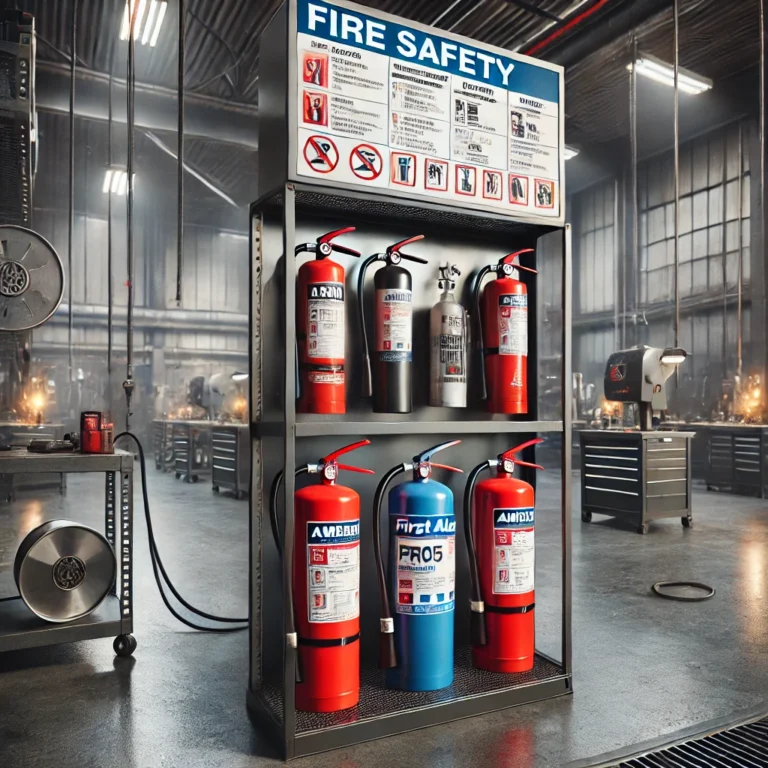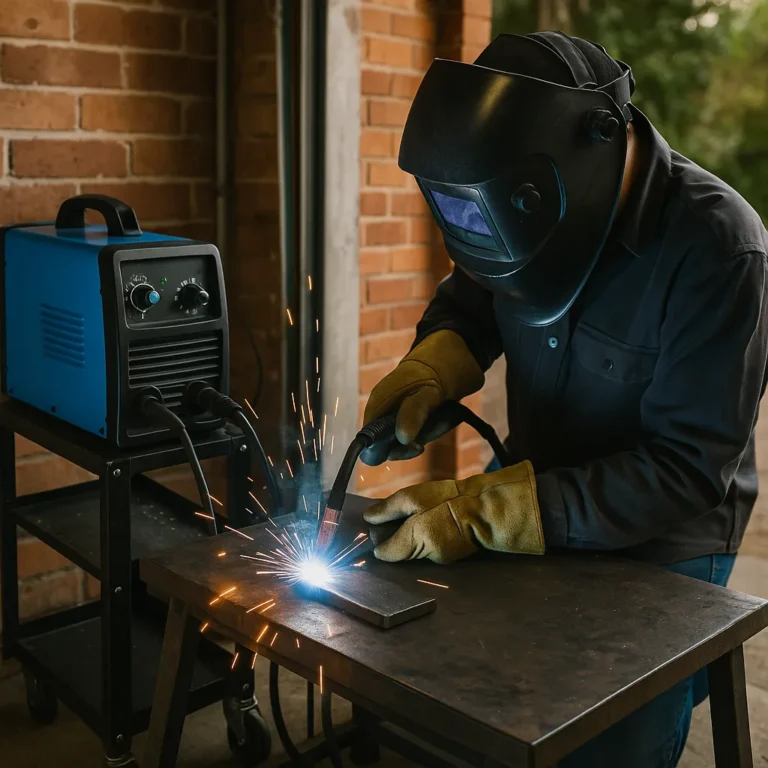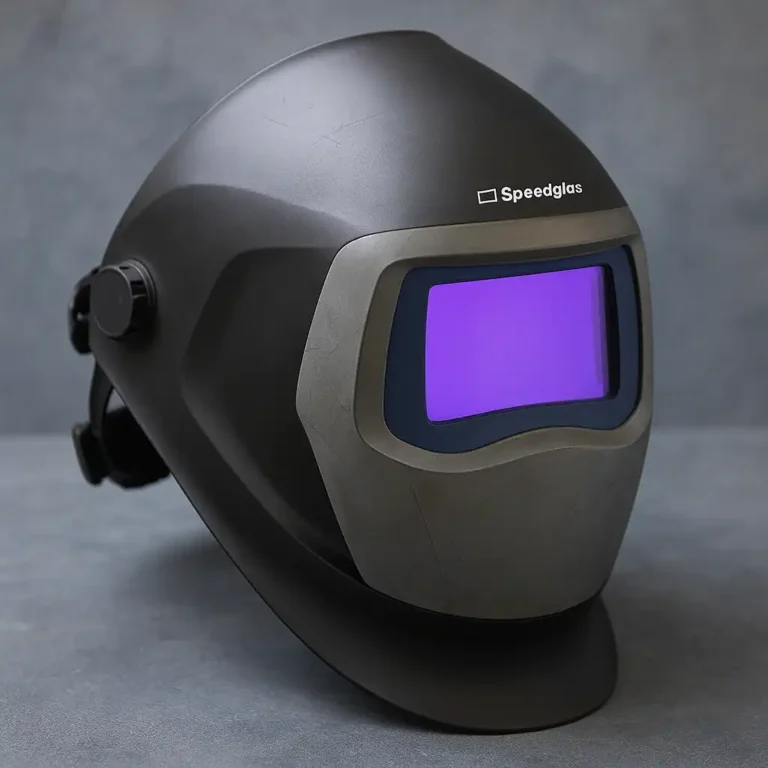MIG vs TIG Welding Gloves: Key Differences Every Welder Should Know

Disclosure: This post contains affiliate links. As an Amazon Associate, I earn from qualifying purchases—at no extra cost to you.
Choosing the right welding gloves is essential not only for comfort but also for safety and precision. When it comes to MIG and TIG welding, the type of gloves you wear can significantly impact your performance. Although both processes involve joining metals with heat, their glove requirements are quite different. Understanding these differences helps ensure maximum protection and efficiency at the welding table.
Why MIG and TIG Welding Gloves Are Different
MIG and TIG welding gloves serve distinct purposes because the two welding methods differ in technique, temperature, and material handling. MIG welding produces more spatter and higher heat levels, demanding gloves with extra insulation and durability. TIG welding, on the other hand, requires fine motor skills and a delicate touch, making thinner, more flexible gloves essential.
What to Look for in MIG Welding Gloves
MIG welding gloves must prioritize protection over dexterity. Heavy-duty gloves made from materials like cowhide, pigskin, or elk skin are common choices. These gloves often have added padding on the back of the hand and extra insulation to shield against spatter, heat, and sparks. While they can feel bulkier, MIG gloves ensure that the hands are safe during prolonged exposure to high temperatures and flying debris.
Key features to look for in MIG gloves include:
- High heat resistance
- Durable outer leather shell
- Reinforced palms and fingers
- Extended cuffs for wrist and forearm protection
Since MIG welding can create unpredictable splatter, safety should always take precedence over fine movement.
What to Look for in TIG Welding Gloves
TIG welding requires a much lighter touch than MIG, so TIG gloves must be more focused on dexterity and sensitivity. Thin, supple leathers like goatskin or deerskin are preferred, offering a snug fit that allows welders to manipulate filler rods and the torch with precision. The gloves are typically unlined or lightly lined, ensuring that the welder maintains tactile control.
Key features to look for in TIG gloves include:
- Superior finger mobility
- Lightweight and form-fitting design
- Minimal insulation to maintain touch sensitivity
- Heat resistance to protect from radiant heat rather than direct flame
In TIG welding, control and finesse are more critical than protection from heavy spatter, making flexible gloves a must.
MIG vs TIG Welding Gloves: Which Should You Choose?
The choice between MIG and TIG welding gloves ultimately depends on the type of welding work you are doing. Due to their robust protection, MIG welding gloves are the ideal option for jobs involving heavy fabrication, structural welding, or working with thicker materials. For projects that require fine detail work, such as welding thin metals or creating artistic pieces, TIG welding gloves will provide the tactile feedback necessary for clean, precise welds.
In a professional setting, many welders keep both types of gloves on hand, switching them out based on the task at hand. Investing in the right gloves for each process not only increases comfort and performance but also ensures better long-term protection.
Conclusion
Selecting the appropriate gloves for MIG or TIG welding is not just about preference—it’s about matching your gear to the demands of the job. MIG welding gloves prioritize durability and heat resistance, while TIG gloves focus on flexibility and sensitivity. Understanding these differences helps welders stay protected and perform at their best in any welding environment.






